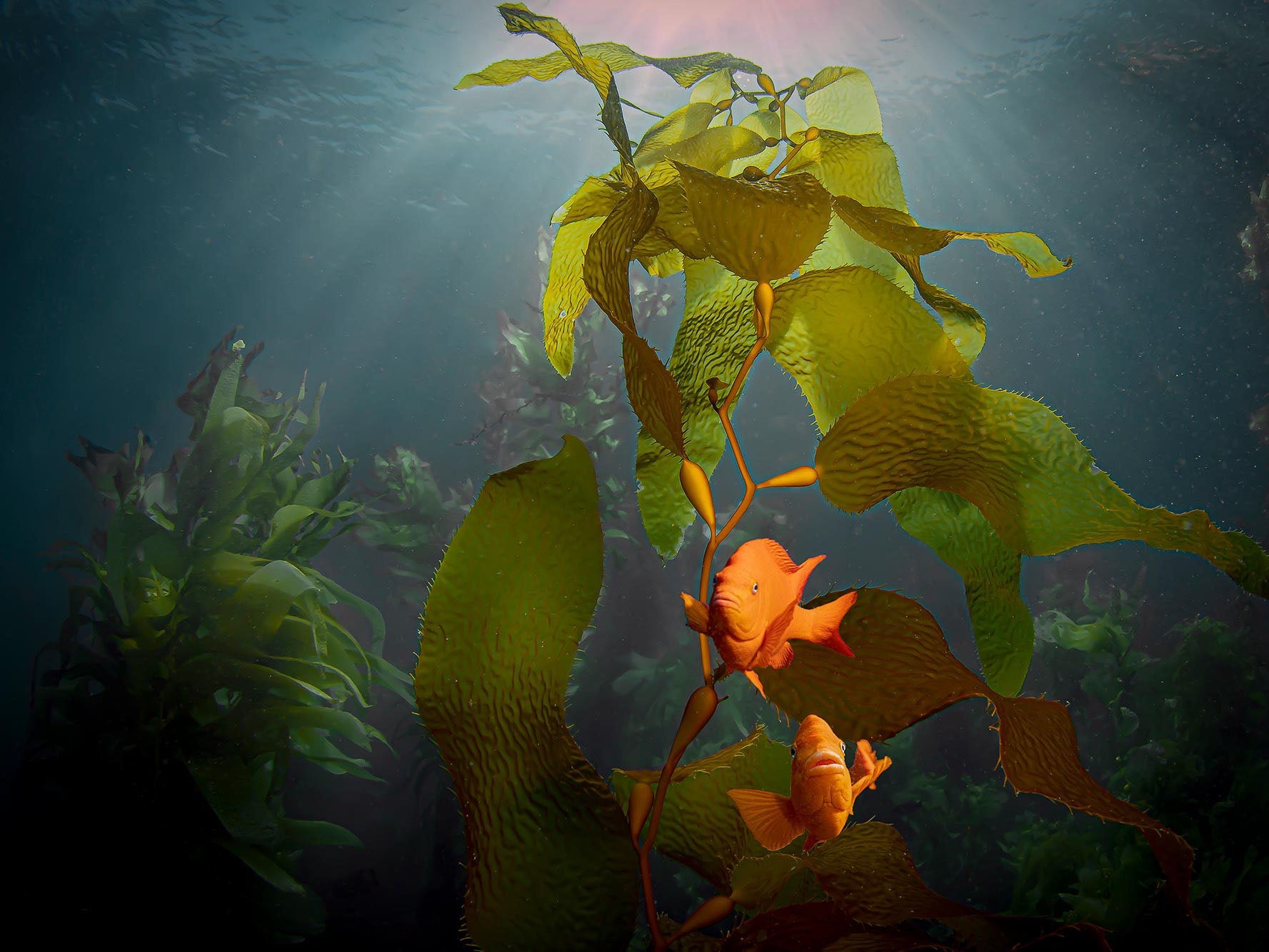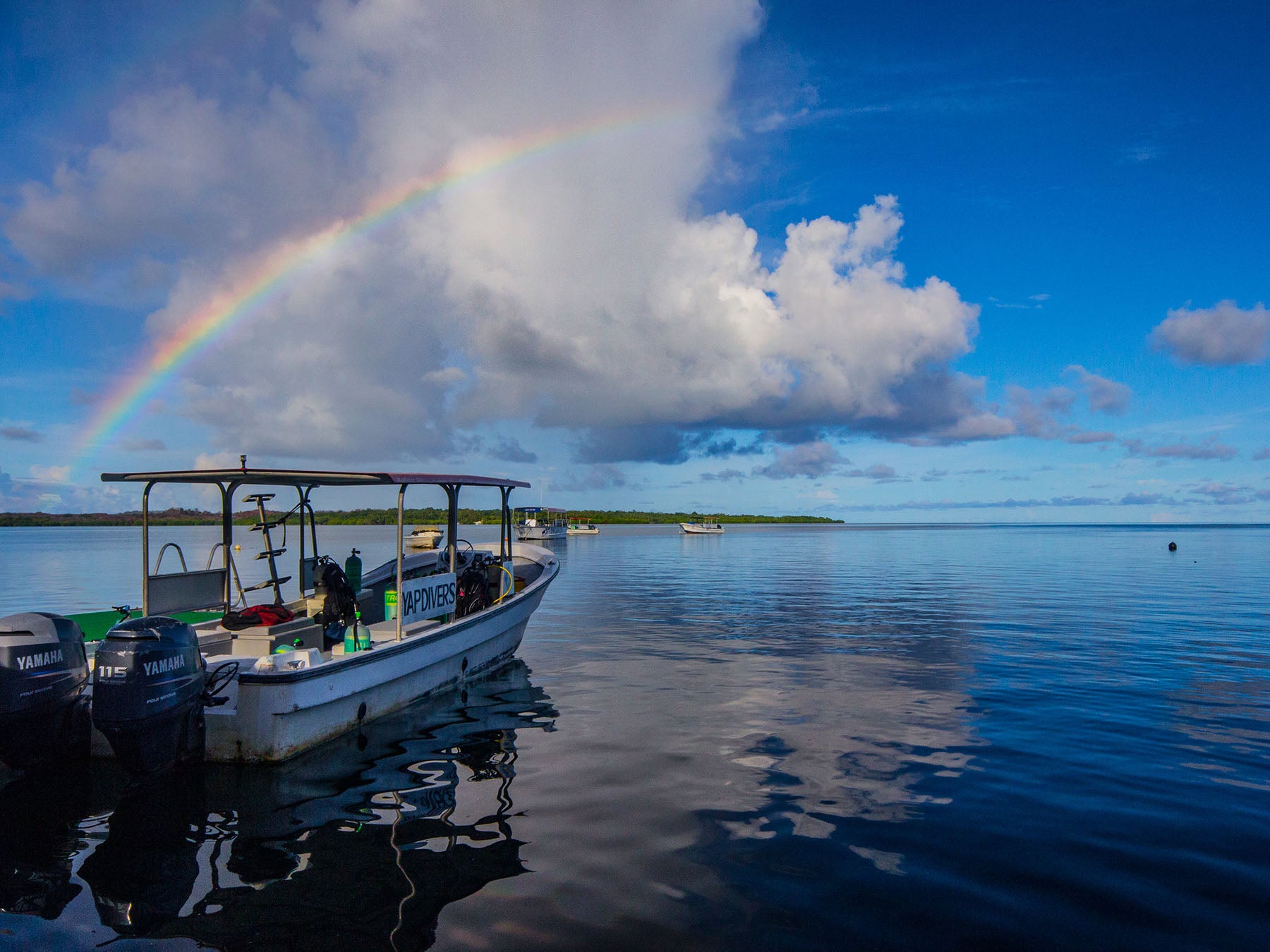All Images © Steve Miller
Wakatobi is a bucket-list dive destination for a lot underwater photographers, and for good reason. Find out why so many divers consider Wakatobi the mecca of the Coral Triangle.
Why Dive Wakatobi
Wakatobi is located at the world’s epicenter of coral reef biodiversity and is designated a UNESCO Marine Biosphere Reserve. This means that while diving at Wakatobi you can see the greatest variety and diversity of marine life. New and undocumented species continue to be discovered at Wakatobi. This, combined with warm and calm water is reason enough to dive there- but it is the consistent 100 foot plus visibility that blows the photographer's mind.
Where is Wakatobi?
Wakatobi is a dive resort in southeastern Sulawesi, Indonesia. In a tranquil island setting far from crowds and cities, with no other divers for at least 100 miles.
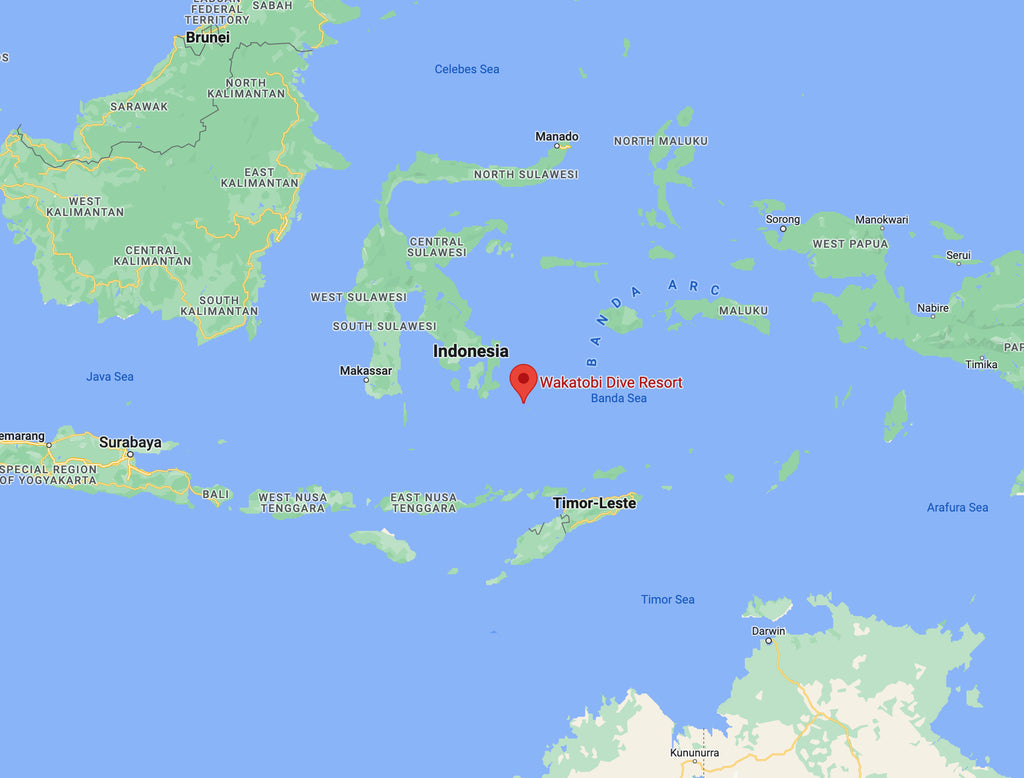
Getting to Wakatobi
The resort has its own airstrip, and is serviced by a direct flight from Bali of 2.5 hours. You will arrive in time for an afternoon dive.
Water Temperatures
Conditions are good year round. Only 4 dives have been skipped in the last 10 years of operation. The water is warm 79-84 °F (26-28.8 °C) but most people wear wetsuits because the dives are long. The standard dives or snorkels are 70 minutes, but a shallow dive on the famous House Reef can be double that.
Essential Underwater Photo Equipment
- Macro and Wide Angle Lenses
A macro lens will allow you to shoot a myriad of subjects in every square yard of reef. But the wide angle lens will accent the clarity of the water, and the lushness of the corals. Wakatobi is as beautiful topside as it is underwater, so don't forget your 8" Dome Port to capture all of the stunning split shot opportunities. Bring it all.
- Strobes
Colors abound in Wakatobi - purples, pinks, and reds that you don't want to miss because you left your strobes at home.
Nice to have
A small tripod or bean bag can help if you decide to try Astrophotography. There is only a little light pollution, and the Milkyway is very visible at night. Your super wide lens will work great for this.
Signature images
"Know before you go" is an excellent mindset to adopt as an underwater photographer - being prepared will help you make the most of your precious time underwater. Here are some underwater shots you can capture at Wakatobi.
- CLOWNFISH AND ANEMONES
Anemone Underwater Camera Settings and Technique
Clowning Around | Shooting the Anemonefish Circus

- HARD AND SOFT CORAL FORMATIONS
Divers on the Reef Underwater Camera Settings and Technique
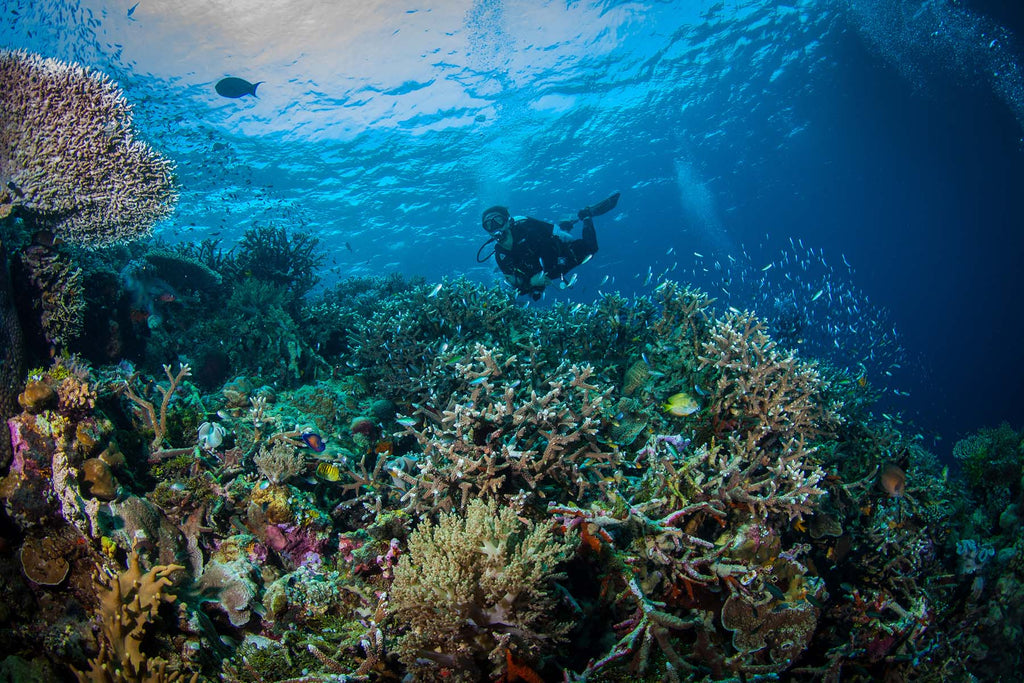
- SPLIT SHOTS
Reef Top, part of Wakatobi's famous House Reef, is a perfect place for snorkeling and working on your split shots. But there are a ton of places to work on your split shots, and a lot of animals who will make fun subjects for your split shots - like turtles.
How to Shoot Split Shots (Half-In, Half-Out of the Water)
Dealing with Droplets when Shooting Split Shots
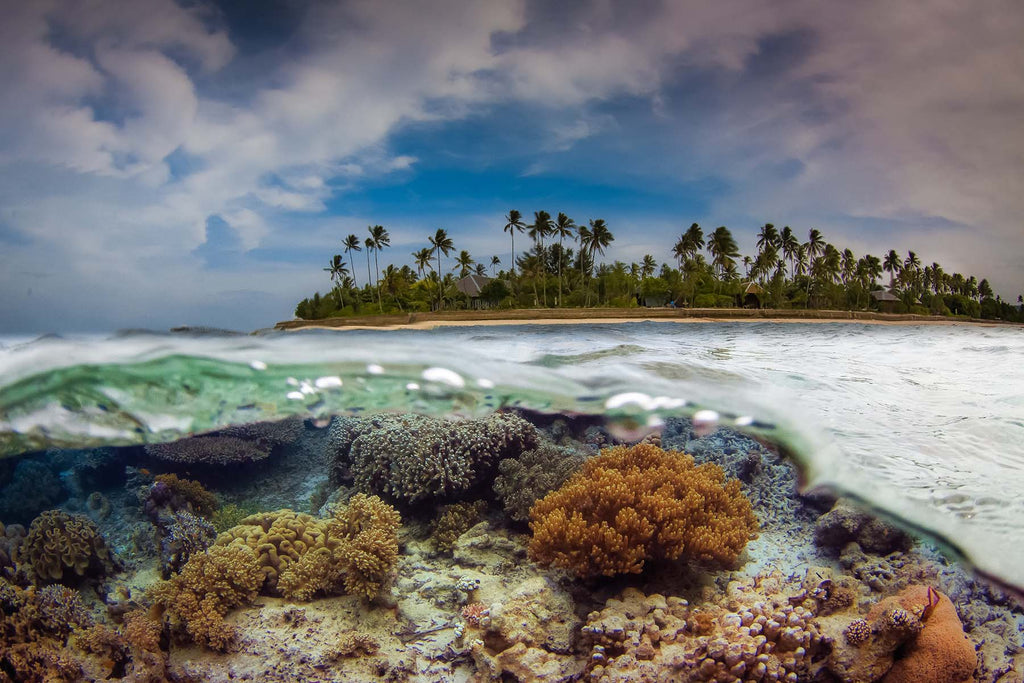
- CROCODILEFISH
Known for their "million dollar eye" crocodilefish make great subjects for macro and luminance underwater photography.
Shooting the Colorful and Camouflaged Flathead Crocodilefish
Fluorescence and Luminance Underwater Photography
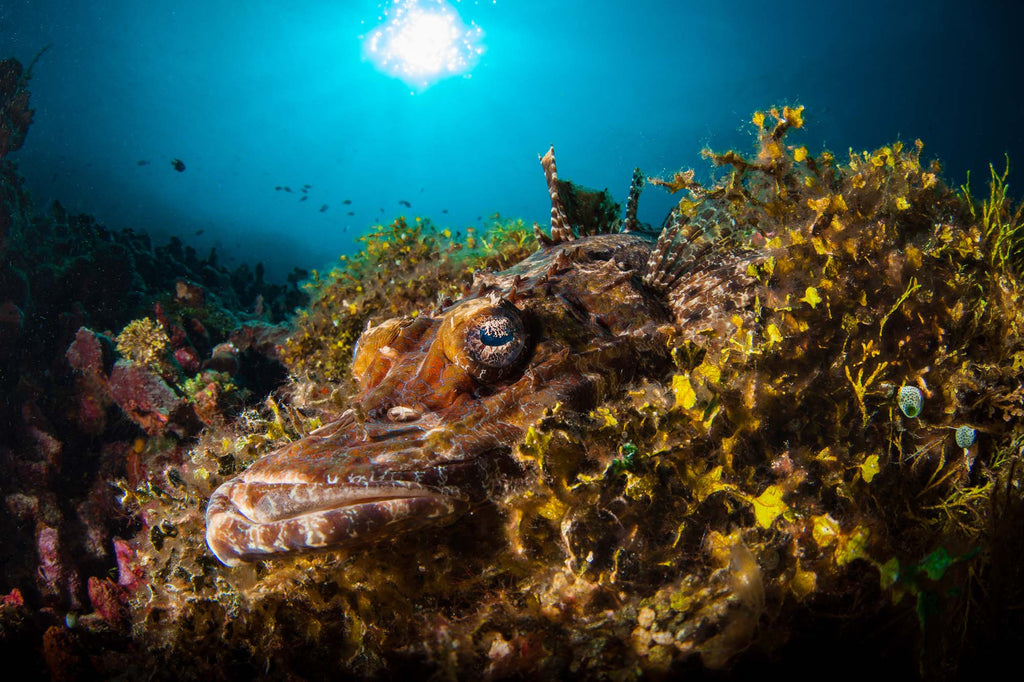
- CUTTLEFISH
Large cuttlefish are famous for staying put while being photographed as long as you are slow and careful.
Cuttlefish Underwater Camera Settings and Technique
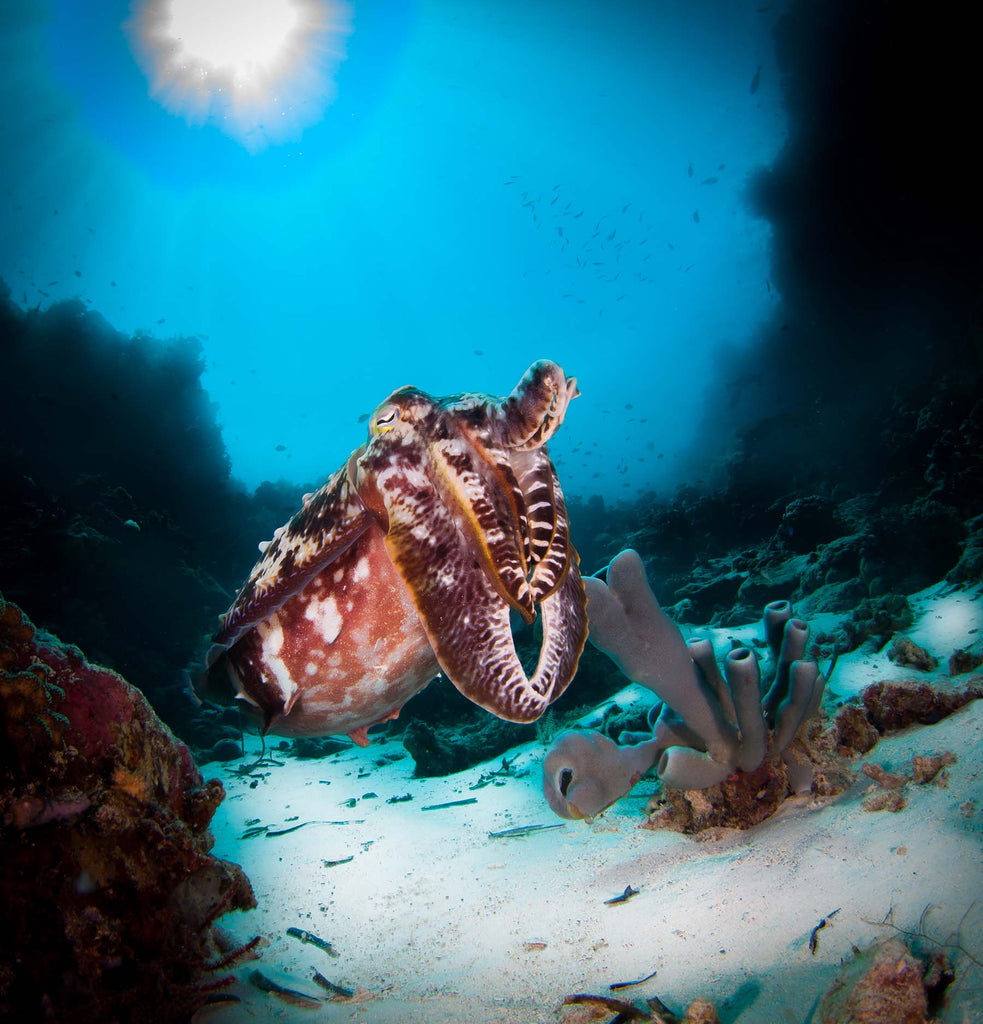
- TURTLES
Turtles are very common on Wakatobi. Large turtles have come onto the beach at night to lay their eggs right in front of the bungalows.
Turtle Photography Underwater Camera Settings
Sea Turtle Portraits with DS230 Strobes
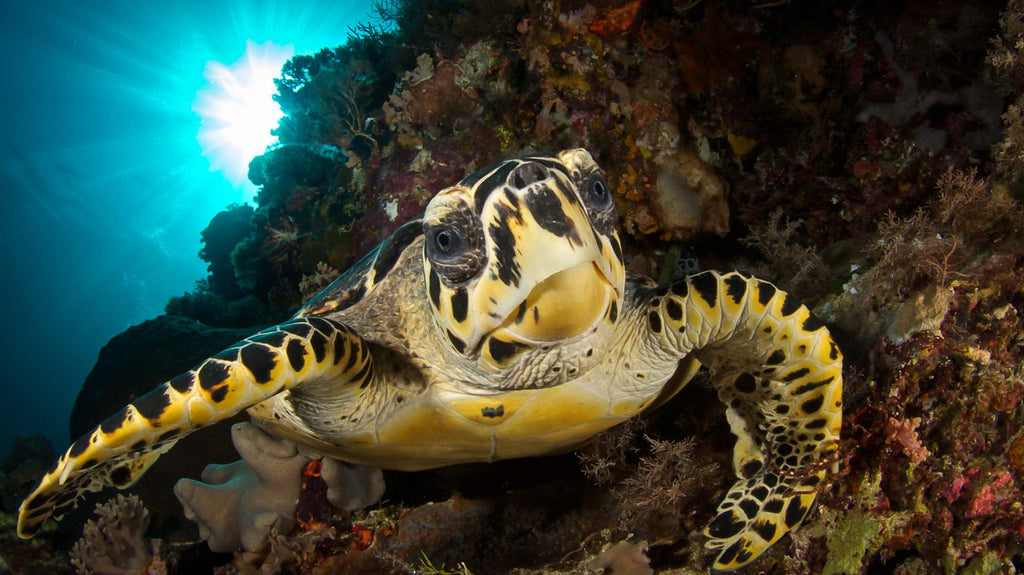
- PYGMY SEAHORSES
Wakatobi is considered one of the best places in the world to find pygmy seahorses of various species. Many of these species were discovered in Wakatobi.
Pygmy Seahorse Underwater Camera Settings and Technique
Super Macro Underwater Photography Techniques
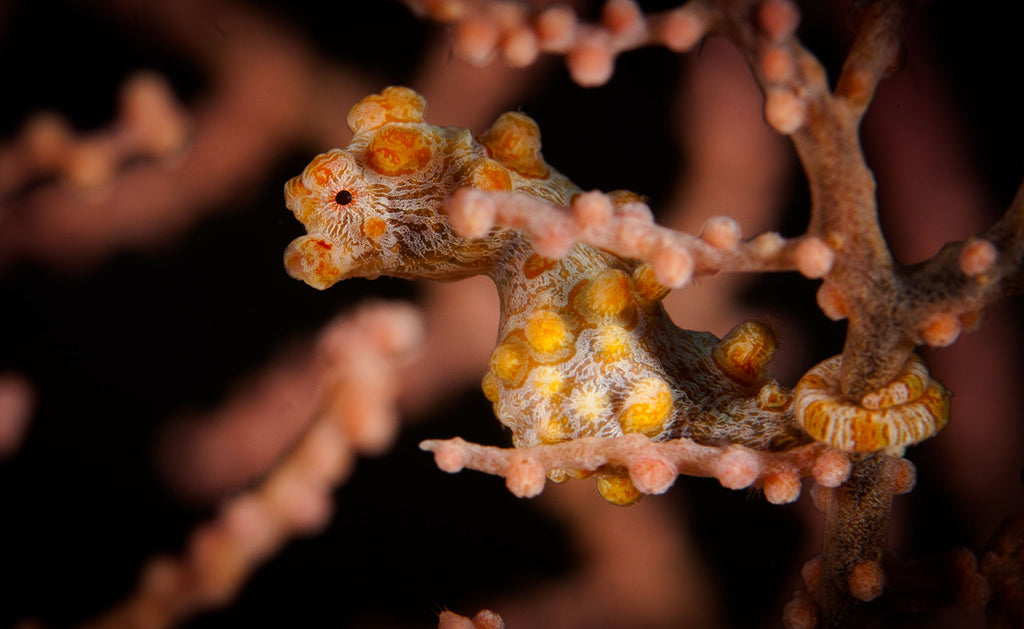
- SO MUCH MORE!
Wakatobi's diverse marine life is what sets it apart from so many other locations. Giant clams, octopus, shrimp, and more can regularly be found. Sightings of pelagics like whale sharks or manta rays happen, although not as commonly seen as turtles or clownfish.
Additional Reading
Why Wakatobi Should Be On Your Bucket List
Understanding Octopuses for a Friendly Photographic Experience
Why You Need Strobes Underwater
An Insiders Guide to Diving Wakatobi Resort Indonesia
Why You Aren't Shooting Great Landscapes Underwater
What I Wish I Knew When I Started in Underwater Photography [VIDEO]












